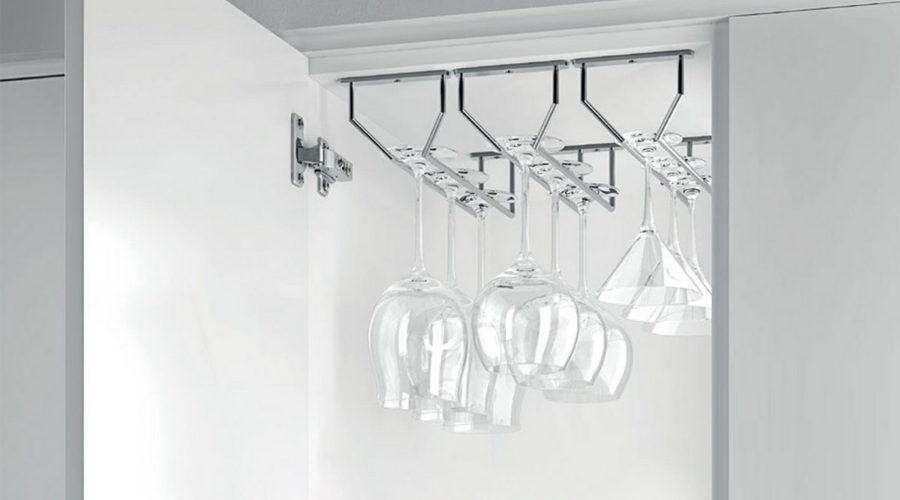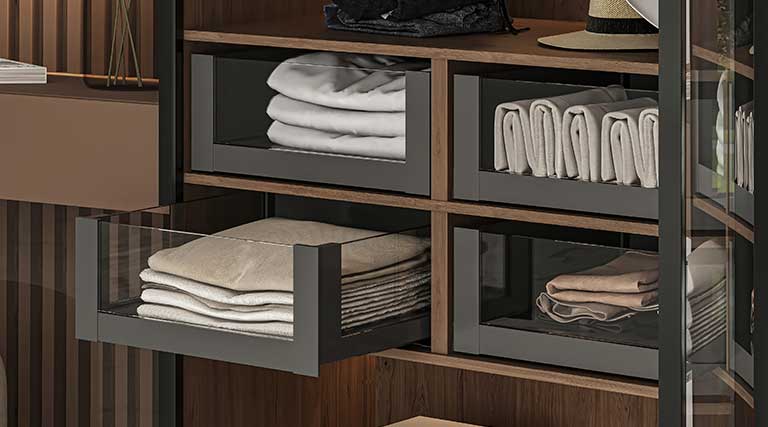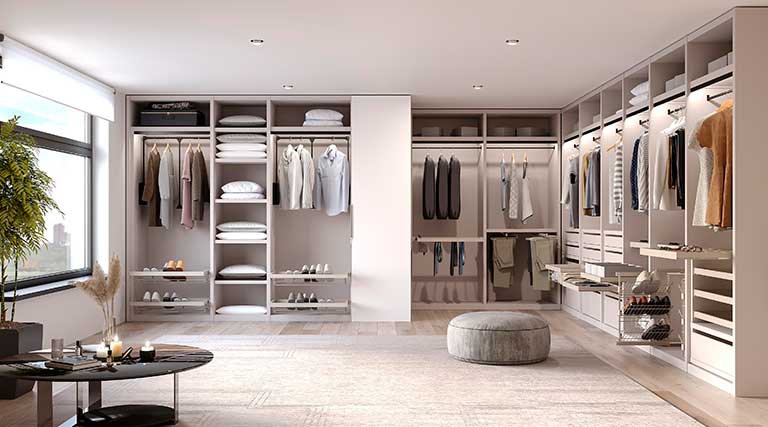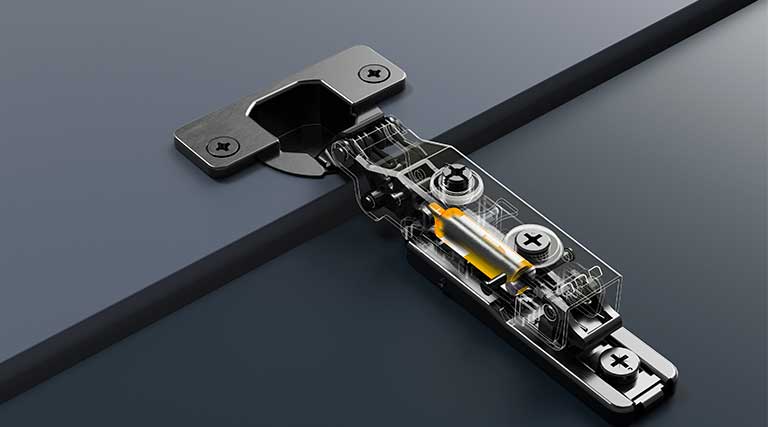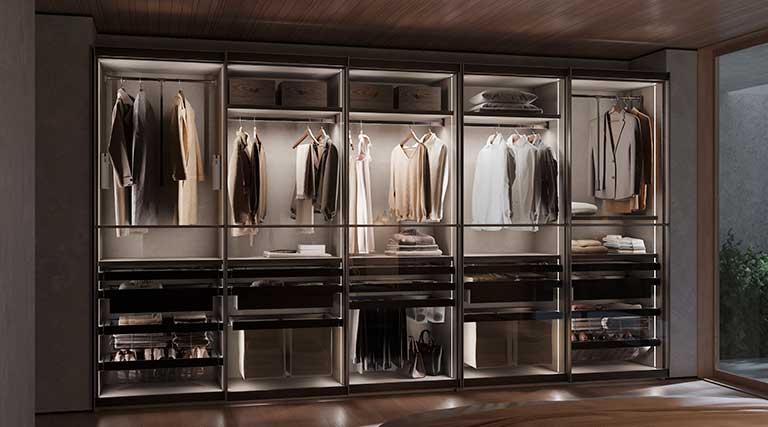Including quality fittings in each and every one of our projects is essential. And we, as professionals, all are aware of that. Firstly, because they increase the service life of each piece of furniture or accessory, because they guarantee that their practicality and comfort is what you expect, and they don’t damage the materials to which they are fixed.
But there is another essential point to take into account when creating our designs, mainly if they are for the bathroom or the kitchen, steel fittings provide many more advantages that we should not overlook. Do you know what benefits they provide?
At Emuca we explain everything so all you have to do is present your project in the best possible manner and your clients will be satisfied with your work.
What is stainless steel?
Stainless steel is the perfect combination between steel, chrome and nickel. Its main characteristic is that it has high resistance to corrosion, and also to the typical rust of many other metals. The presence of chrome is what enables this, since it creates a small chromium oxide film on the surface of the steel that makes it impermeable and insoluble in common corrosive environments.
Why choose stainless steel for our projects?
Stainless steel fittings provide many advantages to the projects that you carry out in your clients’ homes. Especially, as we said, if these are going to be in the kitchen or bathroom.
Stainless steel fittings are perfectly hygienic
Stainless steel is free of germs and bacteria that can be harmful to people’s health. This is because it has a smooth surface without pores.
Stainless steel is resistant to heat and humidity
The kitchen and bathroom are the rooms that have more humidity and heat, due to steam, food handling and cooking… and even though you can install stainless steel in any environment, these are the places for which it most suitable.
Stainless steel fittings have a long service life
Another great benefit of using these fittings is that they are going to last a long time in perfect condition. Therefore, your clients will be making an initial investment that will be properly amortised.
Sustainable fittings
As mentioned before, they have a long service life for which, in addition of not having to be changed frequently, stainless steel has a low cost maintenance. This means that the environmental impact is very low if we compare it to other fittings, such as plastic fittings.
Also, once it reaches the end of its useful life, stainless steel can be recycled indefinitely.
Stainless steel fittings: Clean and easy to clean
Stainless steel fittings do not need special care or specific complicated cleaning. To eliminate dirt, all you need is water and detergent and, in case of an area of heavy use, they are not affected by continuous cleaning.
Types of steel fittings to install in bathrooms and kitchen
There are very many types of stainless steel fittings that you can use in your different projects, according to the needs of each client. In Emuca, we offer a wide variety to choose from and give your projects a perfect finish.
You can choose from the different steel hinges for inner hedges or central for glass doors, the hinges of the Ankor GT- B model, locks, glass mounting attachment for walls, kitchen accessories like the dish drying rack or wine glass holder.
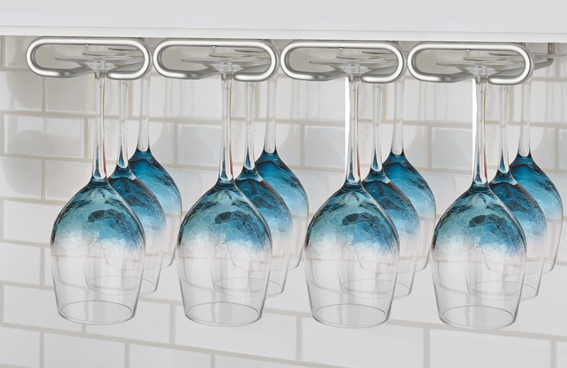
We also offer stainless steel fittings to prevent COVID-19 infections with our door opening mechanism to avoid hand contact.
Visit the Emuca website and discover all the possibilities in stainless steel fittings that you have at your disposal in order to make your projects the best, the most useful, convenient and functional in the industry.

